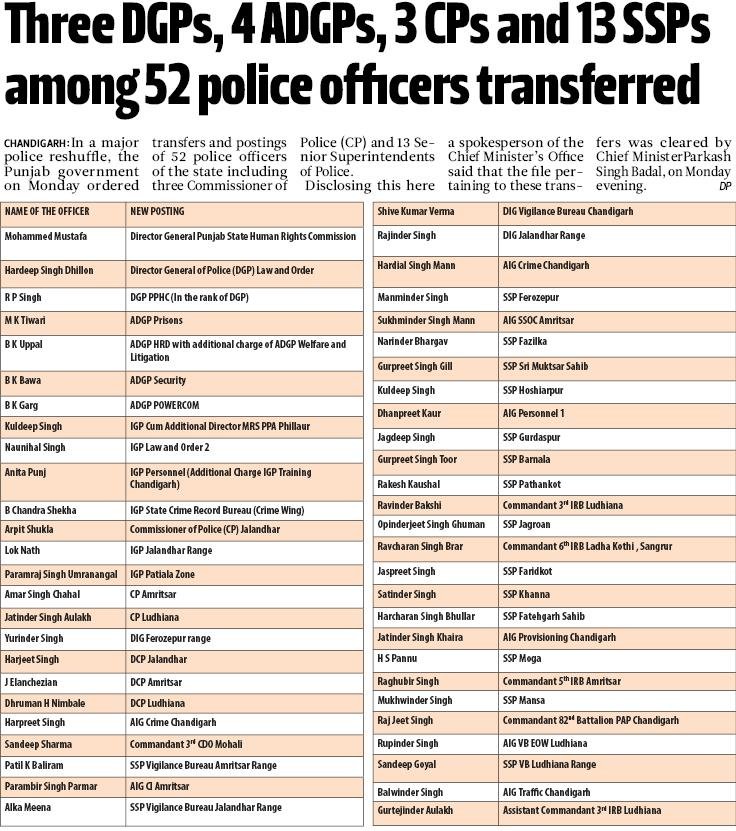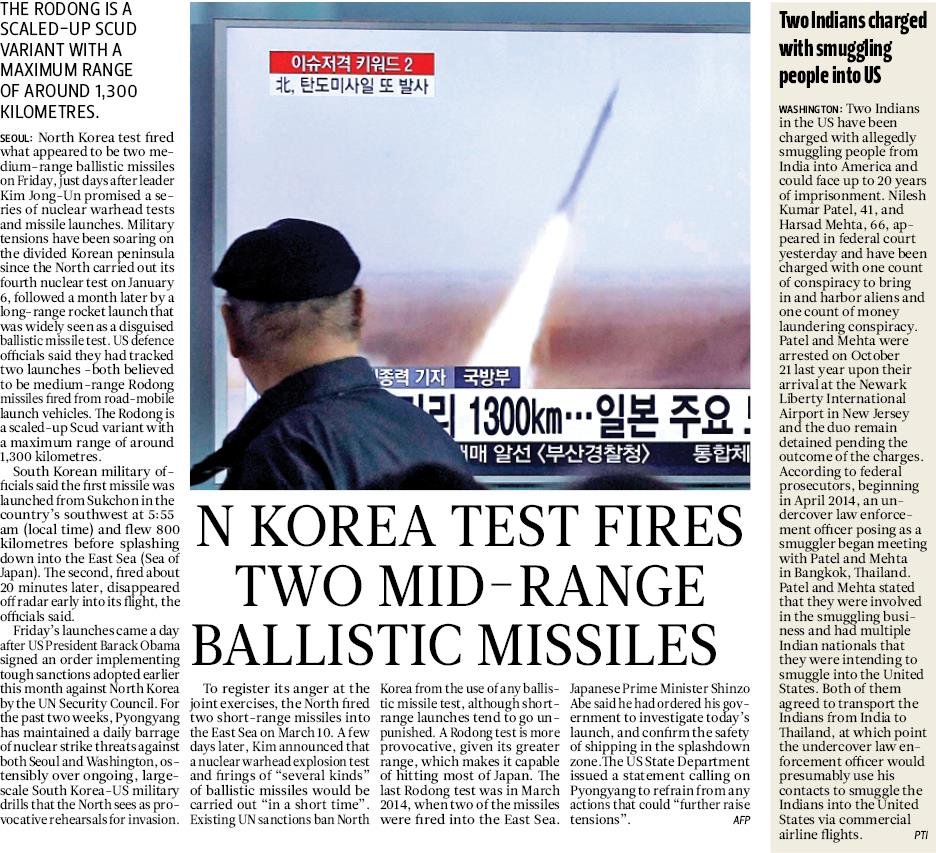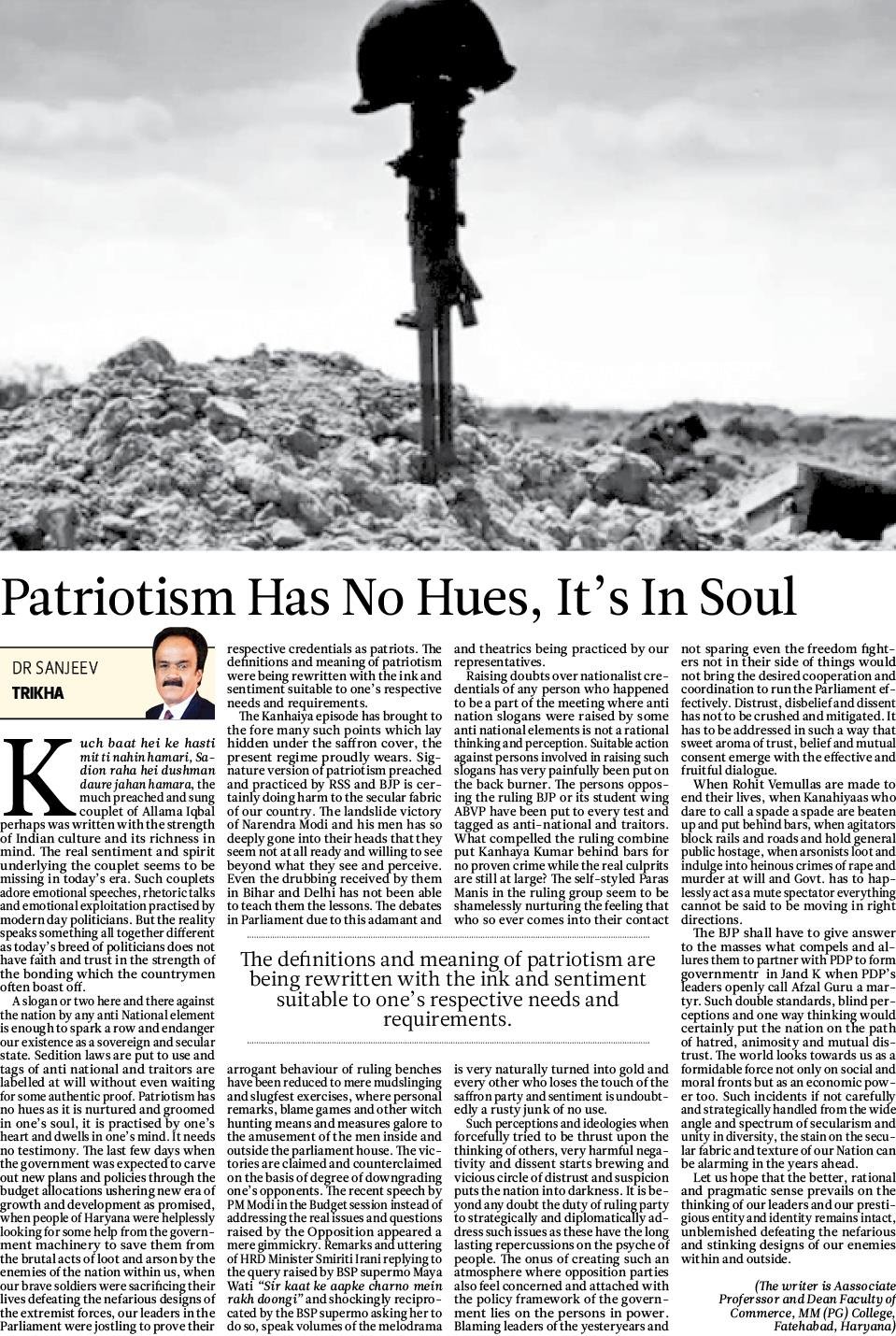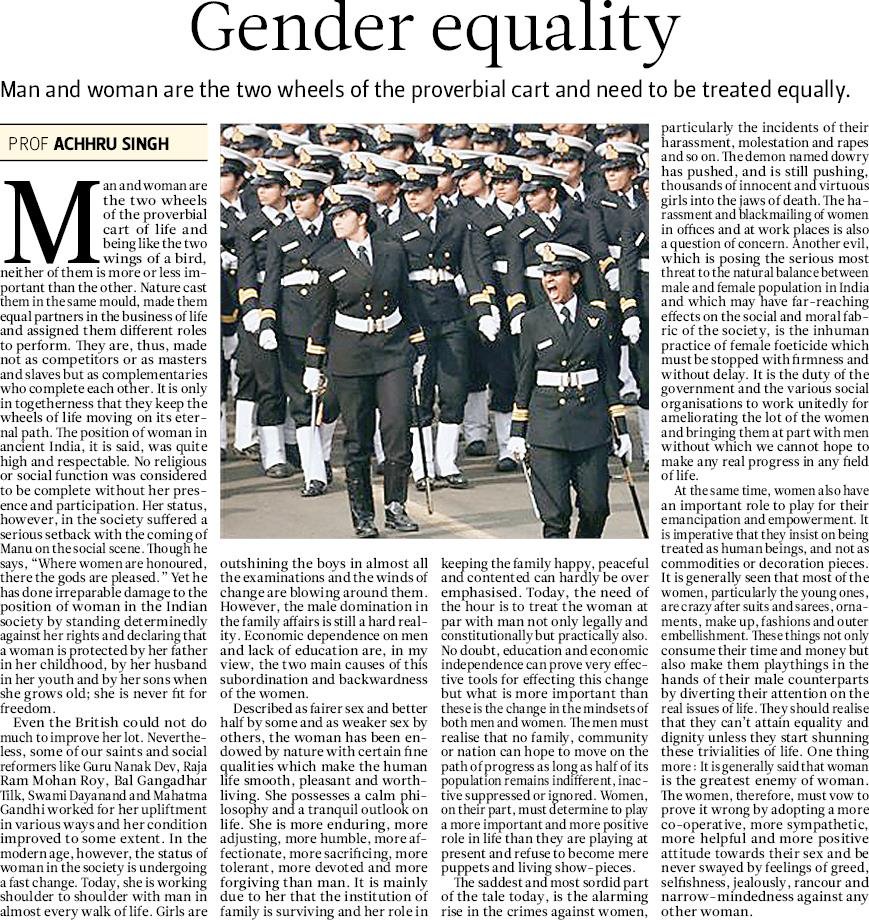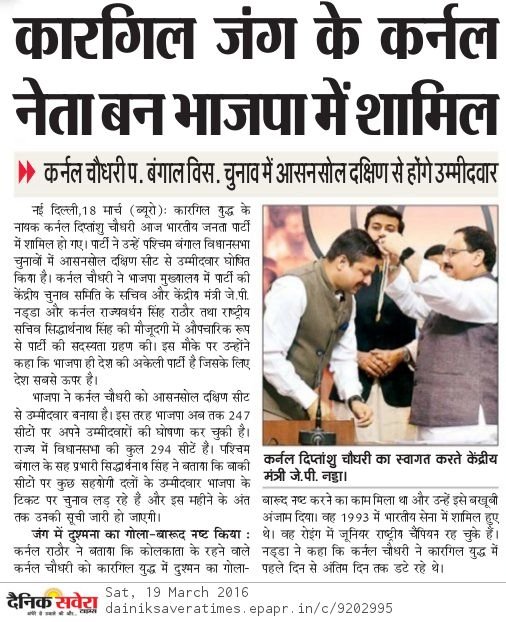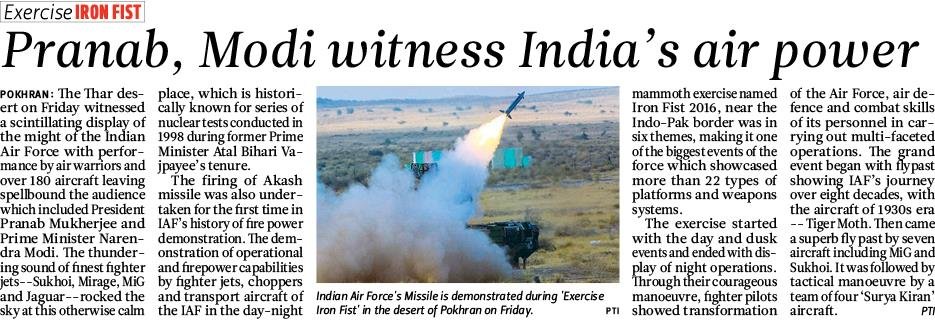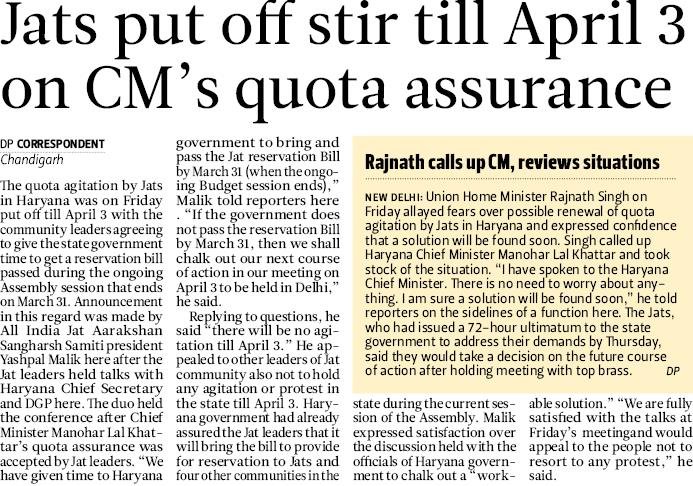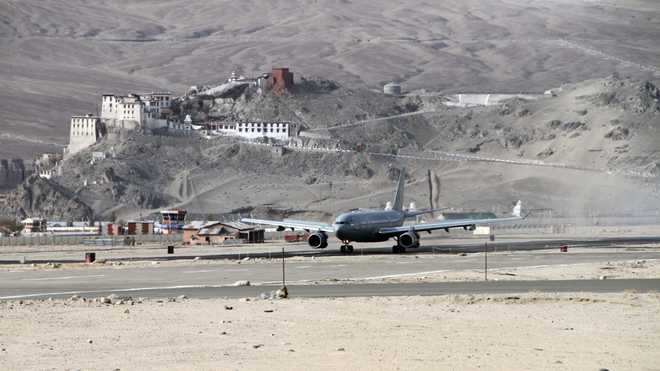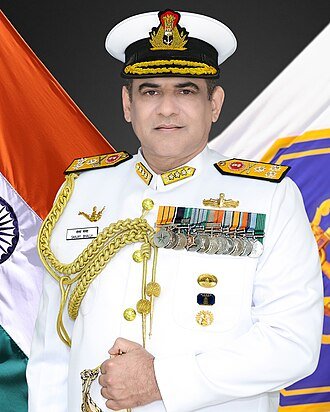 China wants to establish a permanent presence in the Indian Ocean.
China wants to establish a permanent presence in the Indian Ocean.IT is a truism that in any country including India, the coastal population inevitably focuses attention on maritime security, while those far from the sea remain fixated on land borders. India’s security challenges across its land borders with Pakistan and China have only accentuated this trend. Moreover, with its focus on import substitution, rather than export promotion, India’s share in world trade fell significantly in the first four decades after Independence. With its economy collapsing in 1990, India was forced to drastically change its outlook towards domestic, regional and global economic issues. What followed has been the growing integration of India with the global economy, and its emergence as a constructive and increasingly important partner, with a growing market for trade and investment. We have since moved from an economy afflicted by what was once pejoratively described as the “Hindu rate of growth” to becoming a vibrant, emerging economy. Foreign trade and investment have inevitably become focal points for accelerated economic growth in India. We have wisely embarked on increasingly integrating our economy, with the fastest growing economies of the world, in East and Southeast Asia. We now have Comprehensive Economic Partnerships with the 10 members of ASEAN, ranging from Myanmar to the Philippines, as also with Japan and South Korea. We are negotiating a free trade agreement with Australia and have endeavoured to undertake similar arrangements with our SAARC partners. Moreover, ASEAN-led forums like the East Asia Summit have led to an Indian strategic role across the Bay of Bengal, which traverses the Indian Ocean and western Pacific, crossing the disputed waters of the South China Sea. Progress on economic integration in South Asia has, however, been slow, primarily because of Pakistani recalcitrance. Significantly, tensions and disputes with China have not adversely affected a blossoming trade and investment relationship between India and China — the world’s two most populous countries. Despite these developments, India cannot ignore the fact that China has acted as a spoiler in every effort New Delhi has made to enhance its role in its eastern neighbourhood. Beijing vigorously opposed our participation in economic and security forums linked with ASEAN, including the ASEAN Regional Forum and the East Asia Summit. China continues to maintain links across its borders with Myanmar, with some of our northeastern separatist outfits. We are now steadily moving towards a more proactive response to counter these Chinese efforts. Our aim remains to develop viable security architecture across and beyond our eastern shores. Concerns about Chinese military bases and inroads across the Bay of Bengal will continue. But, concerted diplomatic efforts, with partners like the US and Japan have enabled us to strengthen the security of our eastern sea-lanes. China has not succeeded in its efforts to secure a predominant role in Myanmar, Bangladesh, Sri Lanka or the Maldives. This will, however, remain a continuing challenge for us.While India has fashioned policies to safeguard the security of its eastern shores, the same cannot be said for what is transpiring in our western neighbourhood, across the Arabia Sea. It is here that we cannot now overlook the implications of China’s new thrust, at not only establishing a virtually permanent presence in the Indian Ocean, but also by its doing so in collusion with Pakistan. New Delhi should carefully note Chinese moves to outflank us on our western shores, through a network of roads and ports. The Chinese strategic objectives are based on a Silk Road Economic Belt that links China with Central Asia, Pakistan Occupied Kashmir, the Persian Gulf States, Russia and the Baltic States. Beijing’s 21st century Maritime Silk Route, in turn, extends from China’s coast to Europe through the Indian Ocean. China is simultaneously building ports across the Indian Ocean, in Asia and Africa. What India cannot afford to ignore is that while the silk road envelops both its eastern and western neighbours, this road links up with the Maritime Silk Road and the Indian Ocean, in the Pakistani Port of Gwadar, located at the mouth of the Persian Gulf. Gwadar is perilously close to India’s sea-lanes, linking India to the oil-rich Persian Gulf, from where we get over 70 per cent of our oil supplies. China has now secured virtual control of the port facilities in Gwadar, after pledging $46 billion to Pakistan, to promote its ambitious silk route projects. Over a decade ago, then Pakistan President Musharraf told an audience in Islamabad, just after the visit of then Chinese Prime Minister Zhu Rongji, that in the event of a conflict with Pakistan, India would find the Chinese navy positioned in Gwadar. Given its difficulties in obtaining bases in countries like Myanmar, Sri Lanka and Bangladesh, China feels Pakistan is a crucial partner, in its quest to have base facilities, strategically positioned close to the Straits of Hormuz and astride India’s vital sea-lanes to the Persian Gulf, where around seven million Indians live. China has simultaneously commenced an effort to strengthen Pakistan’s navy, with the supply of four frigates and eight submarines, to reinforce these efforts.China’s interest in having a military presence astride the Straits of Hormuz arises from the fact that this narrow 2-mile-wide corridor is the route for the transportation of 17 million barrels of oil per day (mbpd), with 15.2 mbpd traversing thereafter through the Straits of Malacca, which includes 80 per cent of Japan’s oil supplies. The entire Indian Ocean Region, extending to the Gulf of Aden, accounts for 40 per cent of the world’s oil production and 57 per cent of the world’s oil trade. Not surprisingly, the US has positioned its powerful 5th Fleet in Bahrain to oversee the security of these vital sea-lanes. The nature and extent of US interest in this region could well change, as the US itself is becoming a net exporter of oil and gas. Moreover, apart from the rivalries of external powers, stability in this region is being adversely affected by Iranian-Saudi rivalries, which have a sectarian dimensions.Ideally, it would be useful if the major Asian oil importers — India, China, Japan and South Korea — cooperated on developments that threaten the security of vital sea-lanes and energy corridors. But, given existing tensions and suspicions, this may be too much to expect anytime soon.








